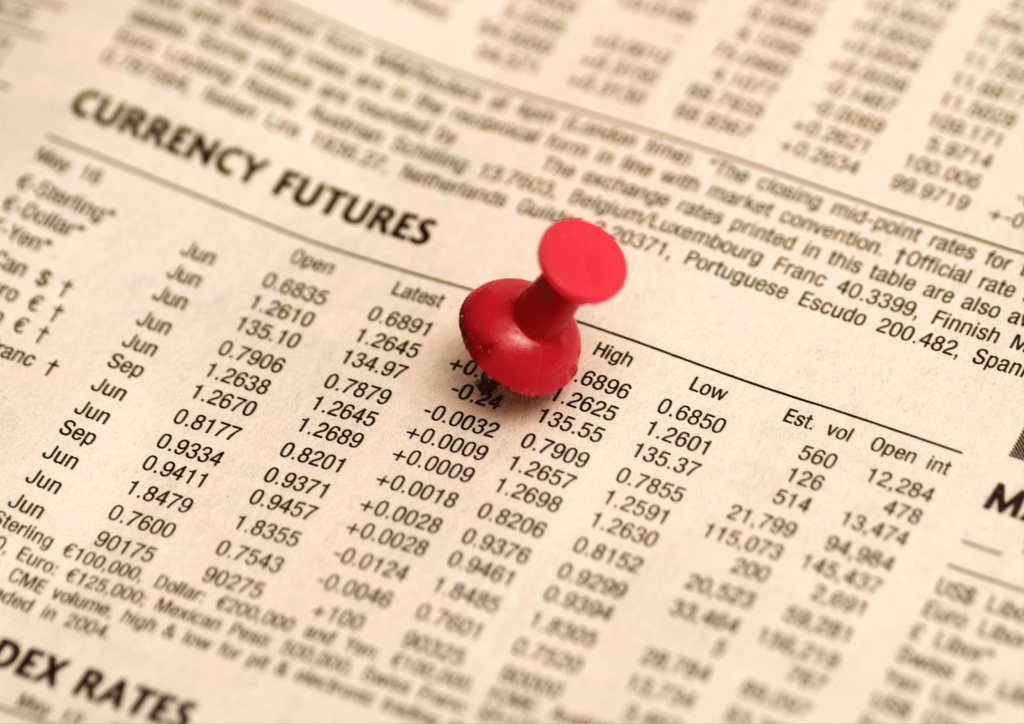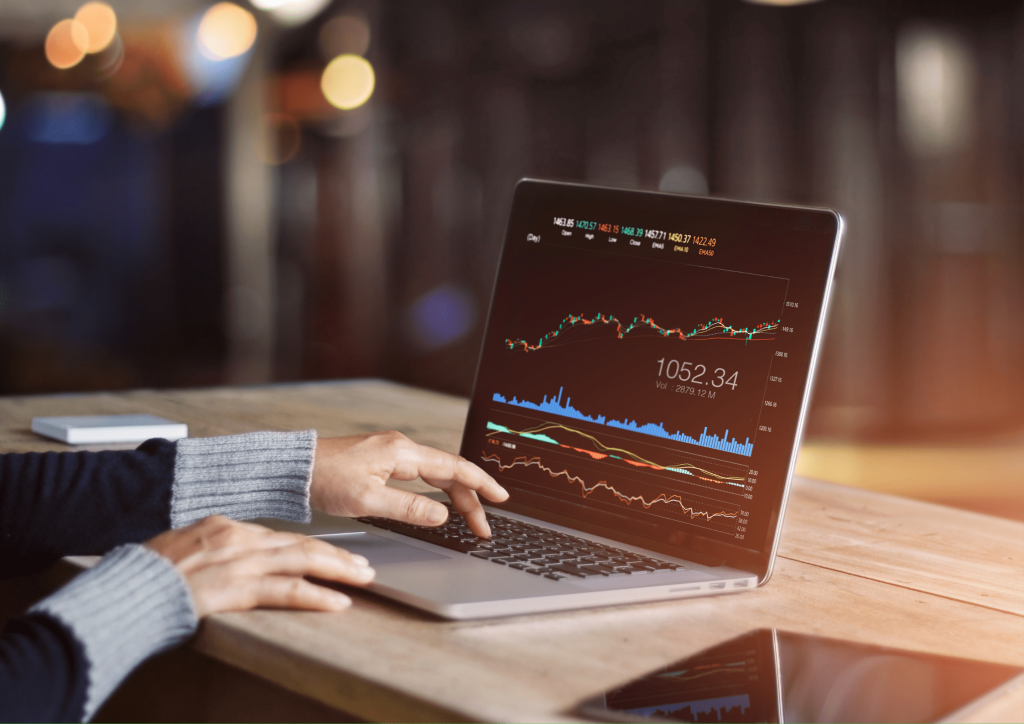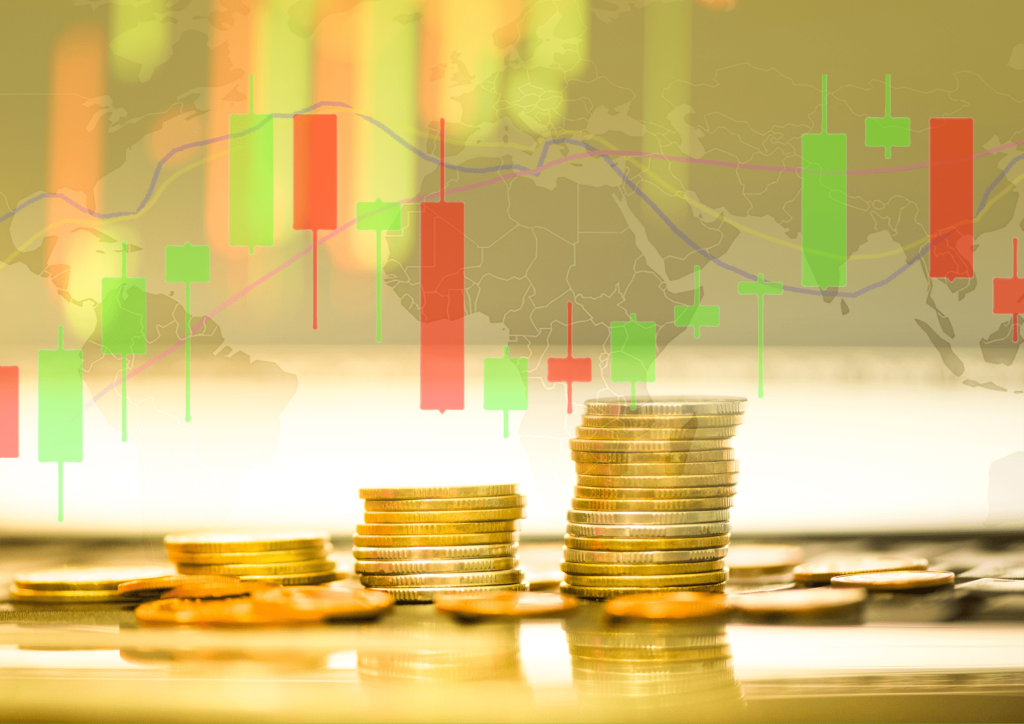Currency futures, also known as foreign exchange futures, are a type of financial derivative, one among many financial instruments used in forex trading. To understand the nuances of these contracts, let's delve into their fundamental concepts.
What are Currency Futures Contracts?

Currency futures contracts, also known as FX futures, are standardized contracts that are traded on a futures exchange like the Chicago Mercantile Exchange (CME Group). These futures contracts are agreements between two parties to buy or sell a specified amount of one currency for another at a specified price (futures price) on a future date (expiration date).
For example, Euro futures or Euro FX futures would involve the exchange of euros for dollars at a set price on a future date. The underlying asset in this case is the currency pair (e.g., EUR/USD).
Currency futures are different from currency forwards, which are over-the-counter contracts with terms that the two parties can customize. Currency futures contracts, on the other hand, have standardized contract sizes and are traded on exchanges.
Also Read: How to Trade Futures
Futures Market and Futures Prices
Traders, investors, and businesses utilize the futures market to hedge against currency risk. This risk arises from fluctuations in exchange rates, which can affect the value of foreign currency revenues or costs.
The futures prices of these contracts are a reflection of the market's expectation of what the spot price, or the exchange rate, will be on the future date of the contract's delivery. Factors such as interest rates, geopolitical events, economic data, and market sentiment can influence futures prices.
Margin Requirements: Initial and Maintenance

In currency futures trading, traders don't need to pay the full value of the contract upfront. Instead, they must deposit an initial margin, which is a small percentage of the contract value. This margin requirement allows traders to control large amounts of money with a relatively small investment.
After the trade is placed, if the futures price moves against the trader's position, causing their account balance to fall below the maintenance margin (a set value below the initial margin), they will receive a margin call. This is a demand from the exchange to deposit additional funds to return the account to the initial margin level.
Risk and Physical Delivery
There is an inherent risk in currency futures contracts. The difference in the futures price at the time of the trade and the spot rate at the expiration date determines profit or loss. If the exchange rate moves unfavorably, the trader might be on the hook for substantial losses. It's crucial for investors and traders to understand and manage this risk.
The contract specifies the delivery date when the currencies would be exchanged. However, most currency futures contracts don't result in the physical delivery of the currency. Instead, they are often closed out before the delivery date. When contracts are physically delivered, it typically involves receiving payments in foreign currency and sending the other.
Currency Futures vs. Spot Rate

The futures price for a currency pair may not align with its current spot rate, the price for immediate exchange. The difference arises from factors like interest rates in the two currencies, the time until the contract's expiration, and the market's expectations about future currency movements.
Counterparty Risk and Futures Contracts
In any financial transaction, there's an inherent risk that the other party might not fulfill their obligations. This is known as counterparty risk. In the world of futures trading, counterparty risk can be a significant concern, particularly in over-the-counter markets where contracts are privately negotiated between two parties.
Futures contracts traded on established exchanges, such as those under the CME Group, are standardized and cleared through the exchange itself. This clearing process significantly reduces counterparty risk. The exchange acts as the counterparty to every contract (both buyer and seller) and guarantees the performance of the contracts. If a participant defaults on their obligations, the exchange absorbs the loss and ensures the other party is not impacted.
This centralized clearing is crucial because it fosters confidence and reliability in the market. Traders can enter and exit positions knowing that the risk of default is virtually eliminated. However, it is worth noting that while exchanges mitigate counterparty risk, they do not eliminate market risk — the risk that the value of the contracts will change unfavorably.
Also Read: Future Trading Strategies You Can Try
Euro Futures, Dollar Futures, and More

Currency futures are available for a range of different currencies, providing a global marketplace for hedgers and speculators. Among the most actively traded are Euro futures and Dollar futures, given the global status of these currencies. These futures contracts allow participants to manage risk and speculate on the future direction of these currencies relative to others.
Euro futures (Euro FX futures), for example, are a popular contract on the CME. Traders use these contracts to hedge exposure to the euro or speculate on its future value against the dollar. Euro futures are quoted in U.S. dollars per euro, and each contract represents 125,000 euros.
Dollar futures, on the other hand, include contracts like the U.S. Dollar Index futures, which measure the value of the U.S. dollar against a basket of six other currencies (Euro, Japanese yen, British pound, Canadian dollar, Swedish krona, and Swiss franc). They are useful for traders looking to speculate on the overall strength or weakness of the dollar.
Beyond these, a multitude of futures contracts exist for other currencies such as the British pound, Japanese yen, Canadian dollar, and Australian dollar, among others. Each of these contracts offers unique opportunities and risks, depending on factors like interest rates, economic growth, political stability, and market sentiment in their respective countries.
How Currency Futures Work
At their core, currency futures contracts are a financial derivative. When trading futures contracts, the buyer agrees to purchase the underlying asset, in this case, a foreign currency, at a future date and a predetermined price. Similarly, the seller agrees to sell the asset under these conditions.
Currency futures are standardized by the exchange where they're traded, such as the Chicago Mercantile Exchange, part of the CME Group. Standardization refers to the contract sizes, expiration dates, and the methodology used to quote the futures price.
For instance, Euro FX futures are a contract to exchange a specific amount of dollars for euros at a specified price on a future date. Traders use these contracts to speculate on the future direction of the Euro/Dollar exchange rate. If a trader believes the euro will strengthen against the dollar, they would buy a futures contract. If they believe it will weaken, they would sell.
The Role of Currency Futures in Hedging
One of the primary uses of currency futures contracts is to hedge currency risk. Businesses that operate internationally may need to make or receive payments in a foreign currency at a future date. Given that exchange rates can fluctuate unpredictably, businesses can use futures contracts to lock in an exchange rate today, reducing the risk of adverse movements in the future.
For instance, if a U.S. company expects to receive a payment in euros three months from now, it could sell Euro futures. If the euro weakens against the dollar over that period, the gain on the futures contract would offset the loss on the received payment.
Trading Currency Futures

Trading currency futures involves buying or selling contracts via a futures exchange. Traders and investors need to open an account with a futures broker, deposit the required initial margin, and maintain the maintenance margin level to keep their positions open.
As with any financial derivative, trading futures comes with significant risks. If the futures price moves against the trader's position, they may face a margin call, requiring them to deposit additional money into their account. If they can't meet this margin call, their position may be closed at a loss.
Moreover, while most futures contracts are closed out before the delivery date, some may result in the physical delivery of the currency. The trader would need to make or receive payments in foreign currency if their contract is physically delivered.
Factors Influencing Currency Futures Prices
Many factors influence the futures prices in the currency futures market. These include the current spot rate of the currency pair, interest rate differentials between the two currencies, market sentiment, economic indicators, and geopolitical events.
Moreover, the relationship between the spot and futures prices isn't fixed. Depending on the interest rates in the two countries and the time until expiration, futures prices can trade at a premium or discount to the spot rate.
Benefits and Risks of Currency Futures

The benefits of currency futures include the ability to hedge currency risk, speculate on future exchange rates, and access high liquidity and low transaction costs on major futures exchanges.
However, trading currency futures also carries significant risks. These include the risk of losing more than your initial investment due to leverage, the risk of wide price swings due to economic events, and the risk associated with the contract's physical delivery.
Conclusion
Currency futures are an invaluable financial instrument in the modern world economy, offering an effective avenue for hedging against exchange rate volatility and speculating on potential currency movements. However, as with all forms of investment, they come with inherent risks. Before entering into these contracts, it's crucial for investors and traders to understand the mechanisms of currency futures, the factors influencing the market, and the potential pitfalls. With a well-thought-out strategy and sound risk management, currency futures can be a valuable part of a diversified investment portfolio.
Also Read: Learn the Currency Strength Indicator
FAQs
How can an individual trader get started with currency futures?
To trade currency futures, an individual needs to open a trading account with a futures broker. The broker will require an initial margin deposit, which serves as collateral for the futures contract. Traders also need to familiarize themselves with the specific terms of the contracts they are trading, including contract sizes, tick values, and expiration dates. Education is key: understanding how currency futures work, following economic news, and developing a sound trading plan are all crucial steps for new traders.
How are currency futures different from currency forwards?
While both currency futures and currency forwards allow for the exchange of currencies at a future date, they differ in some important ways. Currency futures are standardized contracts traded on exchanges like the Chicago Mercantile Exchange, with the exchange acting as a counterparty, thus reducing the counterparty risk. On the other hand, currency forwards are private agreements between two parties, typically traded over-the-counter. Forward contracts are more flexible because the terms can be customized to fit the needs of the two parties. However, this also means they carry a higher counterparty risk compared to futures.
Can I lose more money than I initially invest in currency futures?
Yes, it's possible to lose more than your initial investment when trading currency futures. Futures are leveraged products, meaning you can control a large amount of currency with a relatively small amount of money (the initial margin). This leverage can amplify both profits and losses. If the market moves against your position, you may be required to deposit additional funds to maintain your position, potentially leading to losses greater than your initial margin deposit. Hence, it's essential to manage risk carefully when trading currency futures.

















